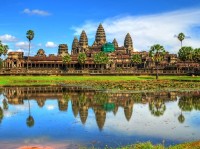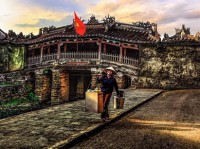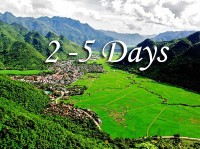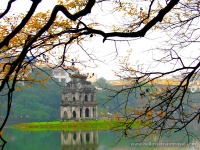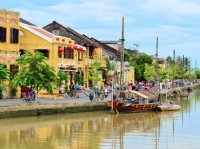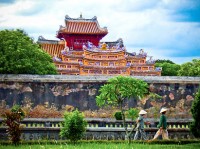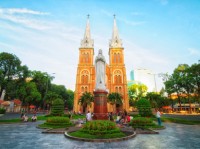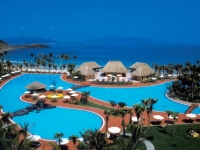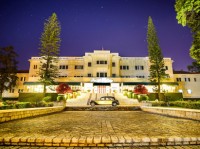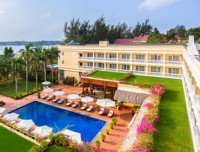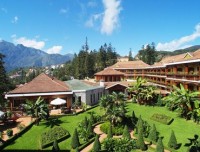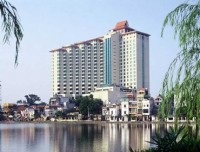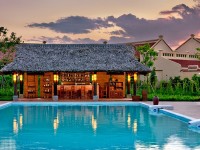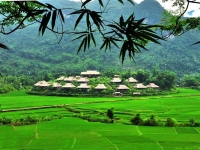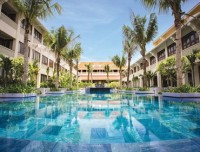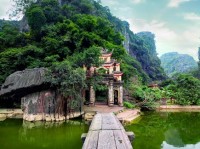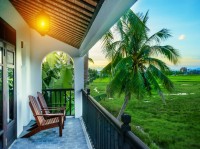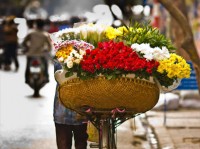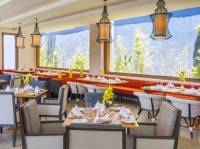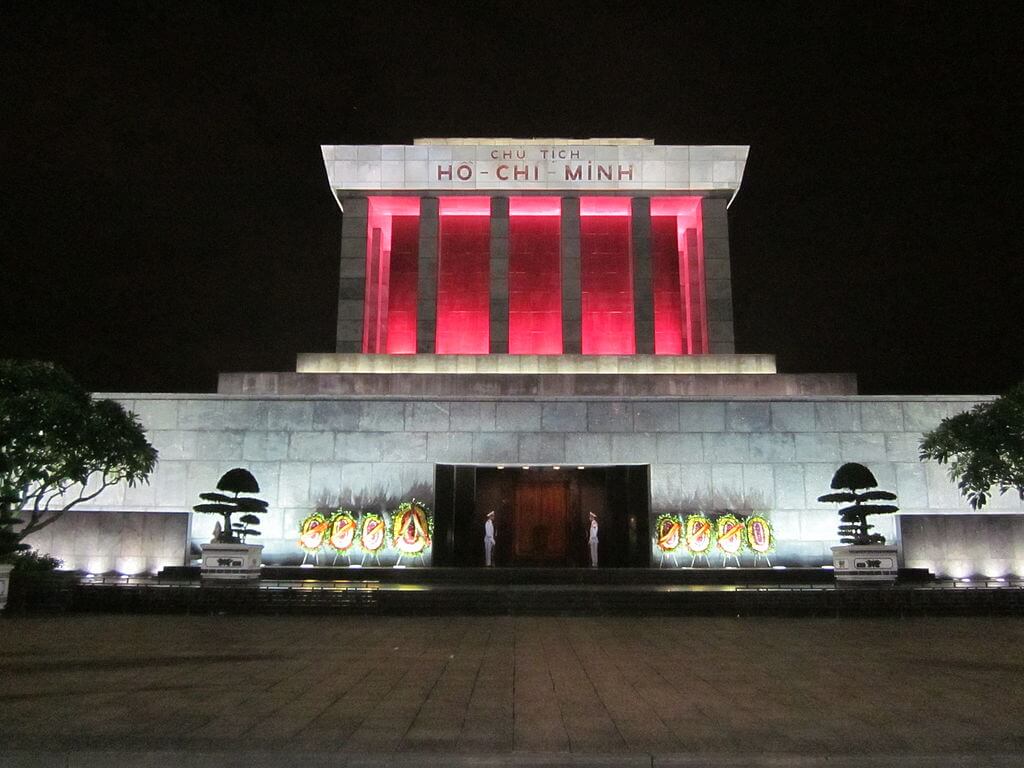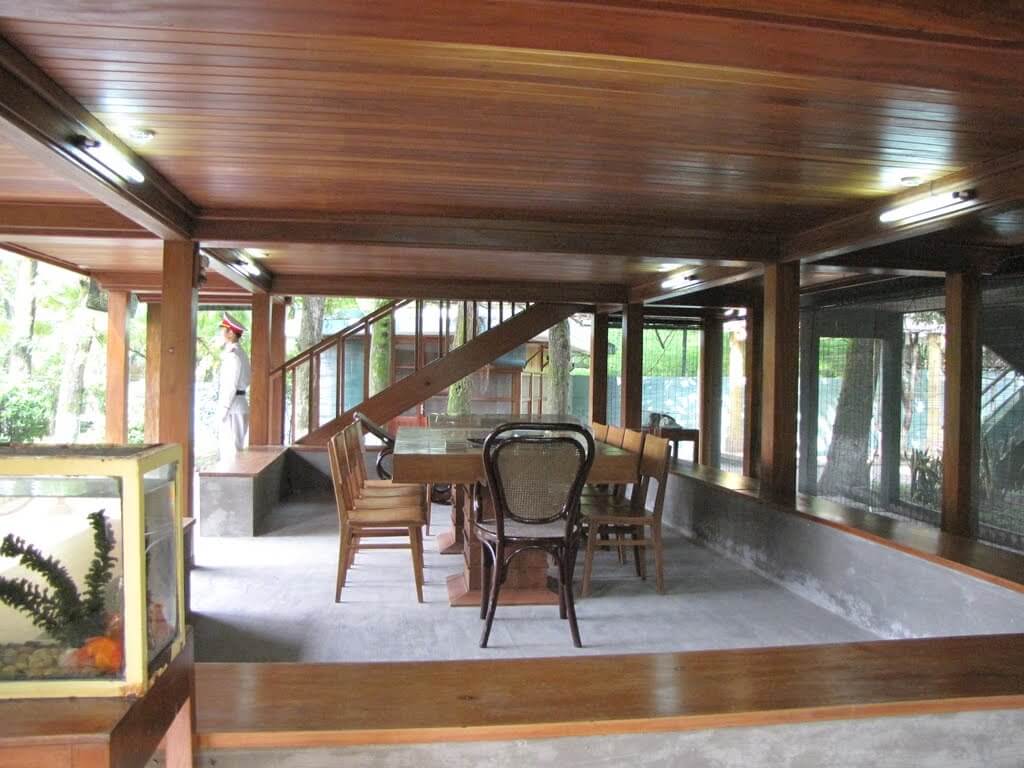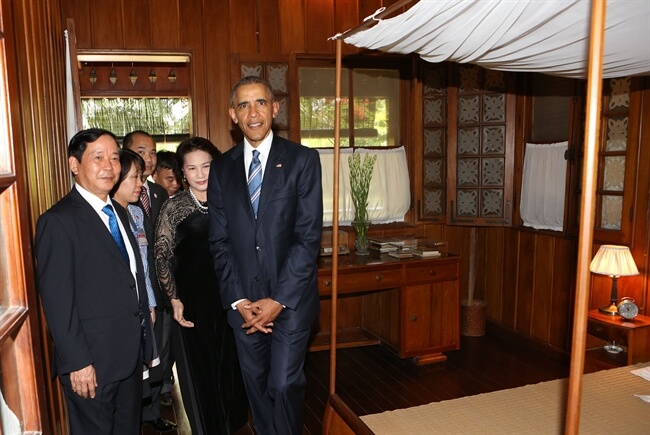1. History
Ho Chi Minh mausoleum was built between 1973 and 1975, where preserves Ho Chi Minh’s body after 6 years of his death. Ho Uncle is a beloved name that Vietnamese people gave for Ho Chi Minh. When Vietnam suffers the domination of colonialism and imperialism, Ho Chi Minh devoted all life for the independence and freedom of Vietnamese people. His life is a good model for ethical values, strong spirit and sharp intelligence of Vietnamese. Before death, Ho Chi Minh wishes that his ashes are buried in 3 different lands of Vietnamese. Due to his wish, Vietnamese people make decision for building a mausoleum, which memorizes the contribution of Ho uncle and creates a more comfortable opportunity for both Vietnamese and foreign visit.
2. Structure
All materials of Ho Chi Minh mausoleum was contributed by all Vietnamese regions, which is mainly erected with granite and colorful polished stone. This structure is measured with 21.6m in height and 41.2m in width. There are also 2 platforms in front of the entrance of the mausoleum. Every day, a group of military honor guards always watches for the safety of this place.
Ho Chi Minh Mausoleum at night
Insides, Ho Chi Minh mausoleum was designed with high level of security. It can protect the indoor parts from 7 riches of earthquakes, bombs, and floods. The structure was also added with a secret chamber, which can protect Ho’s body in the situation of war. The body of Ho Chi Minh mausoleum is put into glass cabinets with dim lights and cool temperature.
The surrounding of Ho Chi Minh mausoleum is Vietnamese trees lined along entrances, which was gifted by all regions around Vietnam.
A corner of flourish garden in Ho Chi Minh Mausoleum
3. Activities
After visiting Ho Chi Minh mausoleum, you can wander around a flourish garden, where Ho Uncle used to live and work. Unlike the luxurious life of any leaders in the world, Ho Chi Minh president always want to be harmonious with nature. In this place, there are lots of local tree that he still watered by himself in the past time. There is also a small pond that he used to feed for golden carps in the early morning.
Ho Uncle (the first person) along with Vietnamse soldiers next to the golden carp pond
Overview of the stilt house
Stilt house with the surrounding of lush trees
Tourists can visit a stilt house, where Ho Uncle chooses to take a rest and do political works. It is a simple wooden house, which lies under the shadow of the lush tree lines. The first floor is for organizing the meetings with local people and senior leaders. The second floor is the space for working room and bedroom. All daily items in this stilt house reflect the simple life of Ho Chi Minh president. There are only a table, a desk, a bookshelf, and a wooden bed, which is well-preserved until now.
The ground floor of stilt house for important meetings in the past time
Bedroom of Ho Chi Minh president
Nearby Ho Chi Minh mausoleum, Ho Chi Minh museum was designed by Vietnamese scientists and a group of Russian engineers. With an area of 4.000m2 inside, this place exhibits pictures and relics, which express lifetime of Ho Uncle as well as the glorious battles of Vietnamese under his leading in 20th century.


